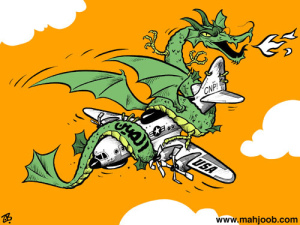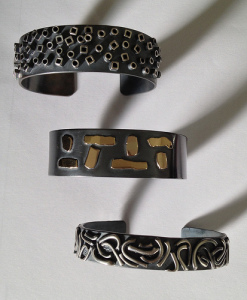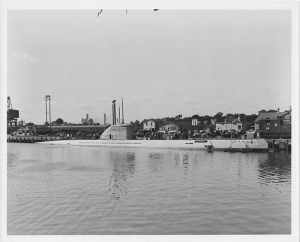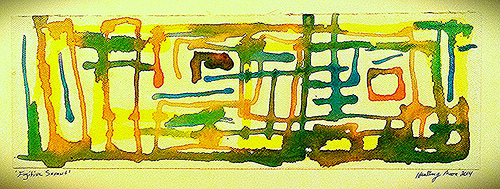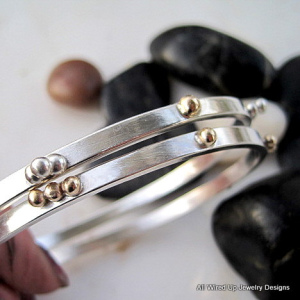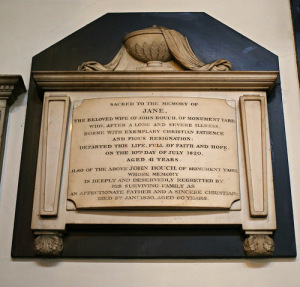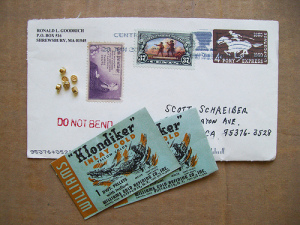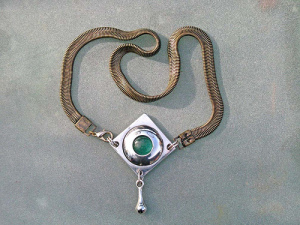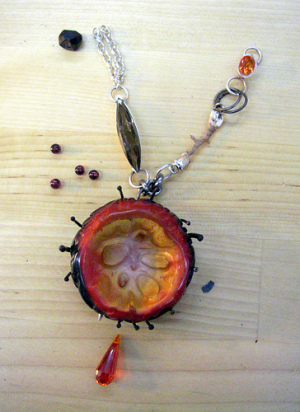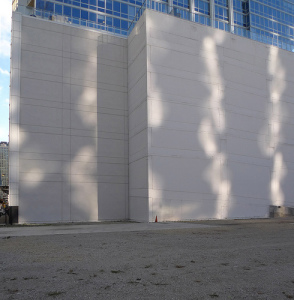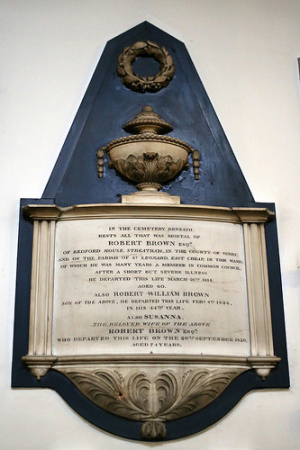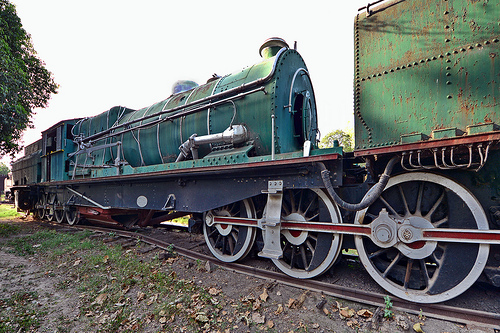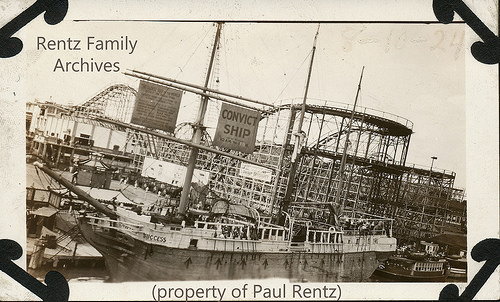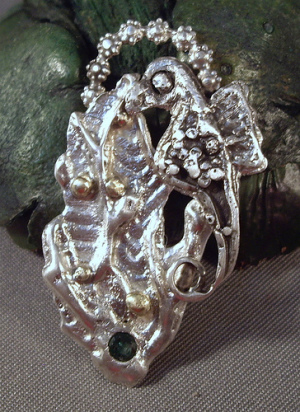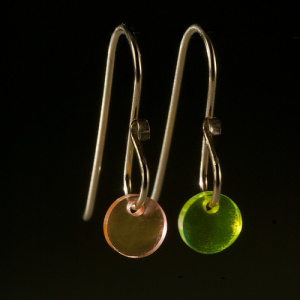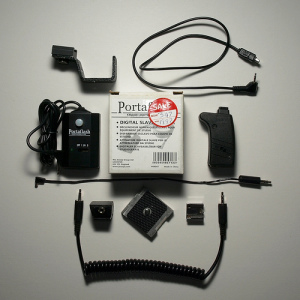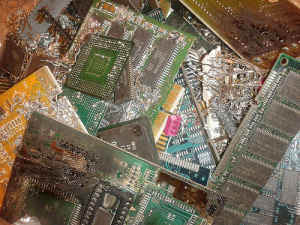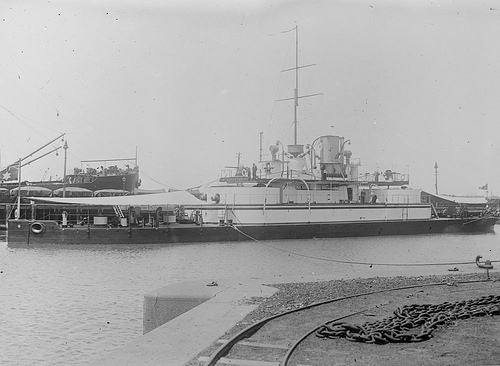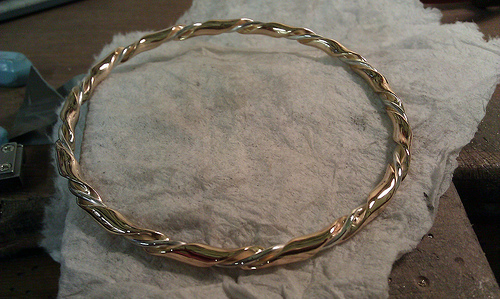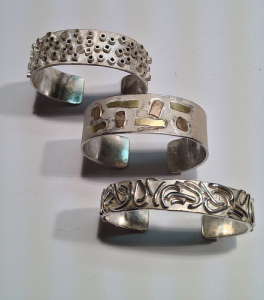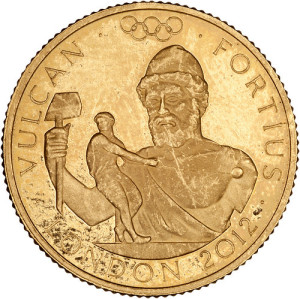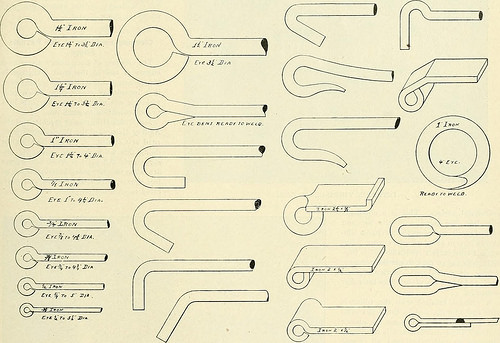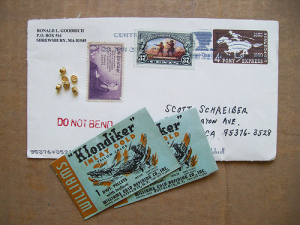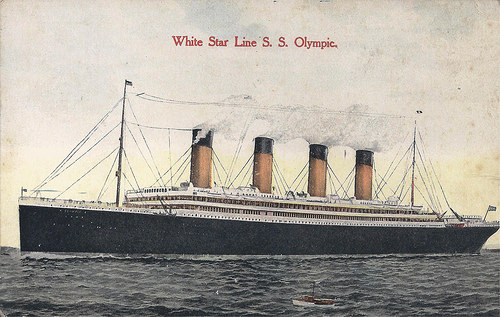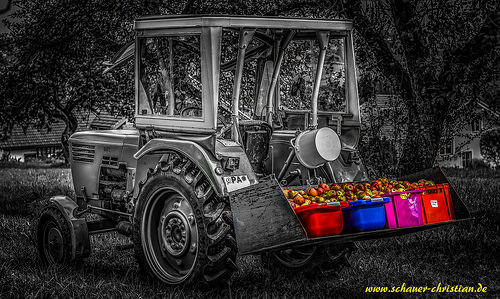Throughout the ages, man has been recycling metals by melting and reusing them. A visit to almost any industrial area in the country will demonstrate that the scrap business is alive and well. You’ll notice scrap processors (scrap facilities or scrap yards) where the scrap metal is piled high, cranes are lifting and sorting the […]
Read More...
Throughout the ages, man has been recycling metals by melting and reusing them. A visit to almost any industrial area in the country will demonstrate that the scrap business is alive and well. You’ll notice scrap processors (scrap facilities or scrap yards) where the scrap metal is piled high, cranes are lifting and sorting the metals, and trucks are hauling the scrap metal in and out of the facilities. Recycling metal is important because it creates big business. It also plays an important role in conserving our national resources. It helps keep our highways and cities free from debris and helps preserve landfill space.
Iron ore is extracted from the ground. It is shipped to a mill where iron or steel--steel in this example--is made into different forms, such as sheet or bar stock. The steel is then shipped to a buyer, such as a stamping plant or screw machine shop, to be fabricated. During that fabrication, scrap metal is generated; then, it is sold for processing and/or melting.
Scrap metal is also produced by the ultimate user at the end of the steel product’s useful life. The obsolete product enters the recycling system at that point. After processing the scrap metal, the scrap processor will sell the processed scrap to a mill, foundry, or other concern that will use the metal to make new products.
Scrap metal is divided into two types: ferrous and nonferrous. Ferrous scrap is scrap iron and steel. This includes scrap from old automobiles, farm equipment, household appliances, steel beams, railroad tracks, ships, and food packaging and other containers. Ferrous scrap accounts for the largest volume of metal scrapped. Ferrous scrap is classified into almost 80 grades; additionally, there are another 40 grades of railroad ferrous scrap and even more grades of alloy scrap. Metal alloys are made from a combination of two or more metals.
Nonferrous scrap metal is scrap metal other than iron and steel. While the volume of nonferrous scrap is less than ferrous scrap, it is more valuable by the pound. Here are some examples of nonferrous scrap: aluminum, copper, lead, zinc, nickel, titanium, cobalt, chromium, and precious metals. Millions of tons of nonferrous scrap metal are recovered by processors and consumed by secondary smelter, refiners, ingot makers, fabricators, foundries, and other industries in this country.
Scrap metal, ferrous and nonferrous, can be categorized as either “home scrap” or “purchased scrap.” Home scrap is scrap generated at the mill, refinery, or foundry, and is generally remelted and used again at the same plant. Home scrap never leaves the plant.
Related Posts
-
 Scrap Car Collection
If you have an old car that you want to get rid of it
Scrap Car Collection
If you have an old car that you want to get rid of it -
 Scrap Gold Value How Is It Determined
With the high market price of gold, you may wonder about scrap gold, and
Scrap Gold Value How Is It Determined
With the high market price of gold, you may wonder about scrap gold, and -
 Gold Spot Price
Gold’s spot price is one thing that is essential for a gold buyer to
Gold Spot Price
Gold’s spot price is one thing that is essential for a gold buyer to -
 Turn Your Scrap Gold Into Money
A highly valuable and precious metal, Gold has a lot of utilities other than
Turn Your Scrap Gold Into Money
A highly valuable and precious metal, Gold has a lot of utilities other than -
 various properties audemars piguet
VARIOUS PROPERTIES AUDEMARS PIGUET AN 18K PINK GOLD SKELETONIZED CHRONOGRAPH WRISWATCH WITH REGISTER CIRCA
various properties audemars piguet
VARIOUS PROPERTIES AUDEMARS PIGUET AN 18K PINK GOLD SKELETONIZED CHRONOGRAPH WRISWATCH WITH REGISTER CIRCA -
 Scrap Gold Per Gram – How To Calculate
Own junk gold at home? Are you snooping to market your junk gold for
Scrap Gold Per Gram – How To Calculate
Own junk gold at home? Are you snooping to market your junk gold for -
 Buying Silver Bullion and gold For Life!
The silver and gold bullion are in substantial demand. The competitive globe has allowed
Buying Silver Bullion and gold For Life!
The silver and gold bullion are in substantial demand. The competitive globe has allowed -
 Great Buys in Silver Jewelry
Silver has been around for thousands and thousands of years, and has become one
Great Buys in Silver Jewelry
Silver has been around for thousands and thousands of years, and has become one

